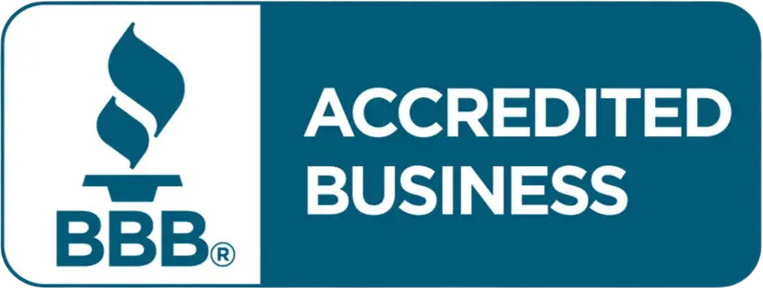Top 3 Tax Issues for Truckers

Every tax season thousands of truck drivers leave hundreds of thousands of dollars in tax deductions on the table. This is due in large part to inadequate planning and poor bookkeeping. In addition, many tax professionals do a poor job at properly informing truckers of the many different tax breaks available to them. Truck drivers have access to many different tax deductions and credit, however the three main areas that cause tax liabilities to occur include depreciation, per diem, and cash vs. accrual basis accounting.
Depreciation
Depreciation Generally, it requires a tremendous upfront investment to purchase or lease tractors and trailers. Often, owner/operator start-ups find solace in financing due to up to five-year lease terms which really helps control overhead and cash flow. The problem is that according to Internal Revenue Code (IRC) regarding depreciation, you only have three years on tractors and trailers. In other words, you can only claim depreciation for three years on tractors and five years for trailers. As a result, many owner operators end up paying on equipment long after tax deductions for depreciation is exhausted. Another challenge is how the Internal Revenue Service (IRS) figures depreciation. For example, if you buy a $50,000 tractor it is possible to write off $16,665 the first year, $22,225 the second year, $7,405 the third year, and only $3,705 the last year. This means your overall tax liability will increase significantly the third year you own the equipment. Often, tax professionals fail to inform owner/operators that their potential tax liability will increase dramatically in the third year. This leaves many with huge tax liabilities that they didn’t plan for and can’t afford to pay.
Cash vs. Accrual Basis
Did you know the IRS has special rules that allow trucking companies to be on a cash basis when other businesses would be required to be accrual? The difference between cash and accrual basis is cash basis requires taxes to be prepared based on monies received and spent during a given tax year. Accrual basis requires your taxes to be filed based on monies earned (whether you receive it or not) and expenses they incurred (whether or not you actually paid them). It’s advantageous to say the least, for trucking companies to be on a cash basis because most of a trucking company’s receivables outweigh their liabilities. Let’s look at a scenario. Generally, customers pay trucking companies thirty or more days out, but if you have employees you most likely pay them weekly. So in effect, you are paying expenses faster than you get paid yourself. If you are on an accrual basis, you are not taking advantage of the above mentioned special rules available.
Per Diem
Most of you already know that you work away from home you may be eligible for deductions related to meals and entertainment expenses. Generally, deductions are taking in one of two ways. One way is to keep up with all your receipts for meals and entertainment expenditures incurred during the year. The other way is to use the per diem method. Per Diem rates are set by fiscal year, effective October 1 each year. These rates vary depending on zip code ($89.00 dollars was standard for 2015-16) The IRS allows a certain amount per day to be deducted without you having to keep up with receipts. However, it would be prudent to keep your receipts anyway just in case you have to prove you were actually on the road during the time period being examined. Most tax payers can only deduct 50% of these expenses, whereas truck drivers subject to DOT Hour of Service Rules could deduct 80%. Please be mindful that situations vary. For example, if your company pays drivers a per diem then the driver can’t deduct the per diem too. Only the company would be eligible for the deduction in this case. In addition, as a result of the per diem deduction, your itemized deductions could be limited. The per diem deduction is most favorable when used by owner operators who can deduct these expenses on schedule C against their income.













